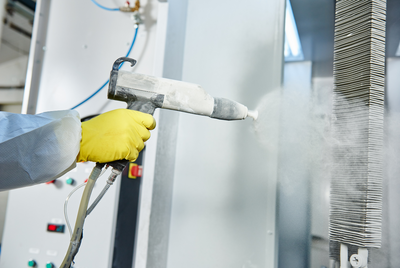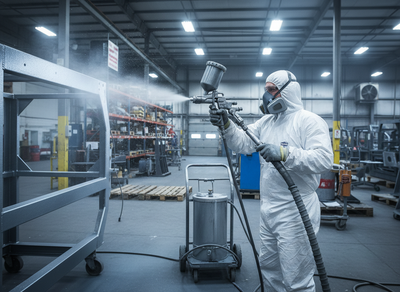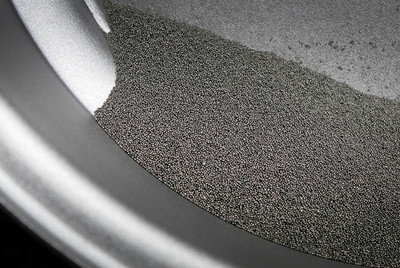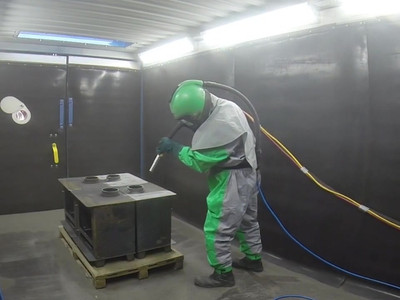24th Sep 2025
A flawless spray finish doesn’t start with the spray gun – it starts with the surface. No matter how high-quality your paint or equipment is, poor preparation will lead to poor results. For professional results on materials like steel, concrete or other industrial surfaces, abrasive blasting is the gold standard for preparing surfaces in industrial spray applications.
In this guide, we’ll walk you through essential surface preparation tips to help you prep your surface for a spray finish that stands the test of time.
Identify your surface type and condition
Different surfaces require different approaches. Before blasting begins, check the type and condition of the material you're working with. Is it new, previously painted, rusted, greasy or weathered? These factors will influence how you clean, treat and prime the surface. For example, rusted steel might require a more aggressive blast media, while painted surfaces may need full coating removal before recoating. Assuming the surface is “clean enough” can lead to costly rework later, so don’t skip this step!
Clean thoroughly to remove contaminants
Contaminants like dust, dirt and grease can prevent proper adhesion and interfere with your spray finish. Even before abrasive blasting, it’s important to remove them as they could prevent the blast media from working effectively. Use an appropriate cleaner or degreaser to remove any unwanted residue. Allow the surface to dry fully before moving on.
Strip back rust, peeling paint and old coatings
Old paint, rust, mill scale, and surface contaminants can all prevent proper coating adhesion. That’s where abrasive blasting comes in – an effective and controlled way to clean and prepare the substrate.
Depending on the material and its condition, different blast media and pressures can be used to:
- Remove old coatings and contamination
- Eliminate rust and corrosion
- Expose clean, profiled metal or masonry
- Create a consistent surface ready for priming or topcoating
It’s essential to match the blast process to the surface and the required coating system. After blasting, the surface should be clean, dry, and free from dust or debris. Any residual contamination can compromise the finish and shorten coating lifespan.
Apply the right primer for maximum adhesion
Some materials benefit from a primer to improve spray paint adhesion and create a uniform base colour. A good primer also helps block stains and prevents corrosion. Allow the primer to dry and cure fully according to the manufacturer’s guidelines before spraying.
Optimise conditions for spraying success
Environmental conditions play a major role in surface preparation for spray painting. High humidity, extreme temperatures, or dusty surroundings can all affect adhesion and drying.
Where possible:
- Work in a clean, dry, well-ventilated space.
- Avoid spraying in direct sunlight or damp conditions.
- Follow temperature and humidity recommendations from your paint supplier.
Mask surrounding areas for a clean spray (when appropriate)
Proper masking helps you achieve clean lines and protects areas you don’t want to coat. Use painter’s tape and plastic sheeting or masking paper to cover fixtures, trim or nearby surfaces.
Perform a final surface check
Once all preparation steps are complete, inspect the surface. It should be:
- Dry and clean
- Smooth to the touch
- Free from dust, debris and any remaining contamination
- Correctly primed (if applicable)
Only then should you proceed with your spray application.
Conclusion
Professional spray finishes start with professional surface preparation. Abrasive blasting is the industry-standard method for removing contaminants, creating an ideal surface profile, and ensuring your paint or coating system adheres properly.
Whether you're preparing steel, concrete or another surface for spraying, investing in the correct blasting method and follow-up priming process will result in a durable, long-lasting finish.
Have a question about surface prep or need help choosing the right products? Contact our team for expert advice and equipment recommendations, or check out our surface preparation and surface finishing equipment on our website.




